1. Acme (West Coast Locations)
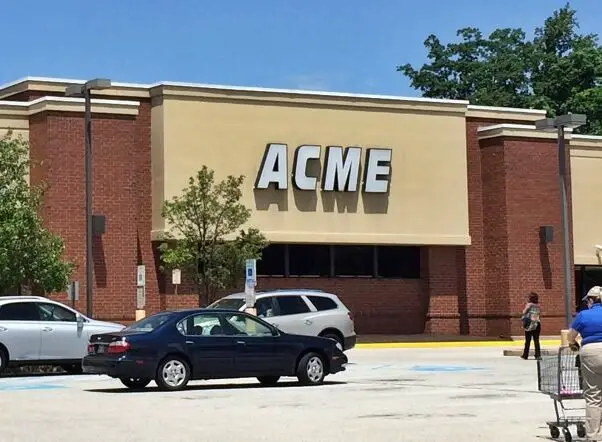
Acme still operates in the Mid-Atlantic, but for those on the West Coast, it’s a grocery chain that disappeared long ago. In the 70s and 80s, Acme was a major player, offering clean, organized stores and competitive prices. It was the place to go when you needed groceries on a budget, but didn’t want to sacrifice quality. Many of us remember shopping with our parents and siblings, wandering the aisles, and picking out our favorite snacks. Though the chain continues back East, West Coasters still fondly remember their local Acme.
2. Alpha Beta

The catchy jingle—“Tell a friend, tell a neighbor, tell a friend about Alpha Beta!”—still rings in our ears. Alpha Beta was a beloved West Coast grocery chain that really stood out in the 70s and 80s. Known for its innovative store layouts, Alpha Beta sorted groceries by type of food (A for apples, B for bread), making it easier to find what you needed. The chain was ahead of its time in so many ways, and it felt like a community cornerstone, with great prices and friendly service. Sadly, Alpha Beta was sold in the 90s, and its unique charm disappeared with it.
3. Safeway (East Coast Locations)
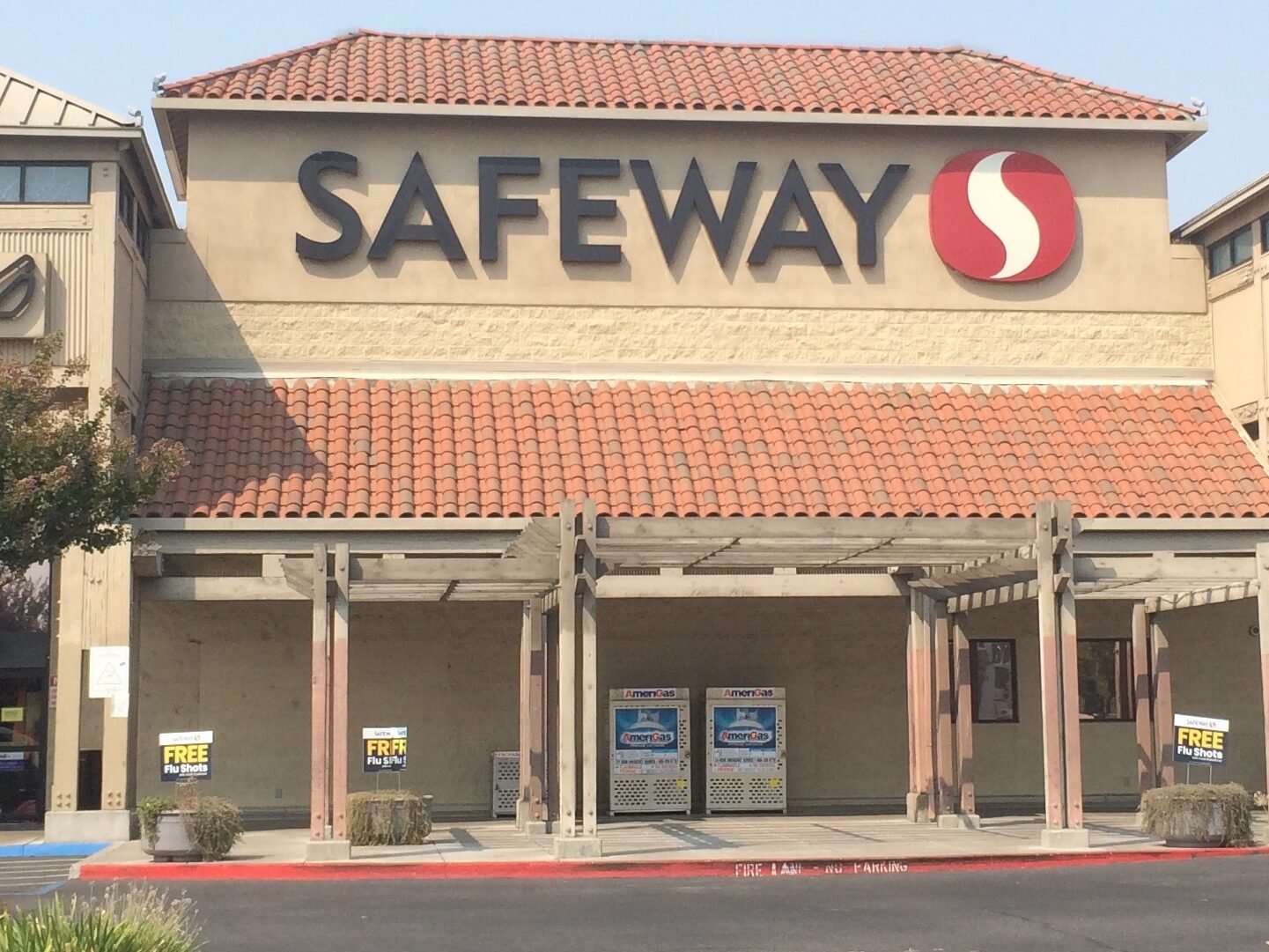
While Safeway is still around today, the East Coast locations hold a special place in the hearts of many who grew up with the chain. In the 70s and 80s, Safeway was a household name, and it was the go-to place for affordable groceries. Its stores were clean, well-organized, and stocked with everything you could need. There was always a friendly checker who knew your name, and Safeway brands were trusted by moms everywhere. For those of us who grew up back East, we miss seeing that bright red sign lighting up the neighborhood.
4. A&P (The Great Atlantic & Pacific Tea Company)

A&P was once one of the most dominant grocery chains in the country. Founded in 1859, it was the original “supermarket” before we even had the word for it. In the 70s and 80s, A&P was everywhere—an essential stop for families stocking up for the week. There was something nostalgic about walking through the aisles, with its familiar red-and-white signage and no-frills approach. A&P felt like a grocery store built for the community. It’s hard to believe that a chain that once defined grocery shopping in America is now just a memory.
4. Grand Union
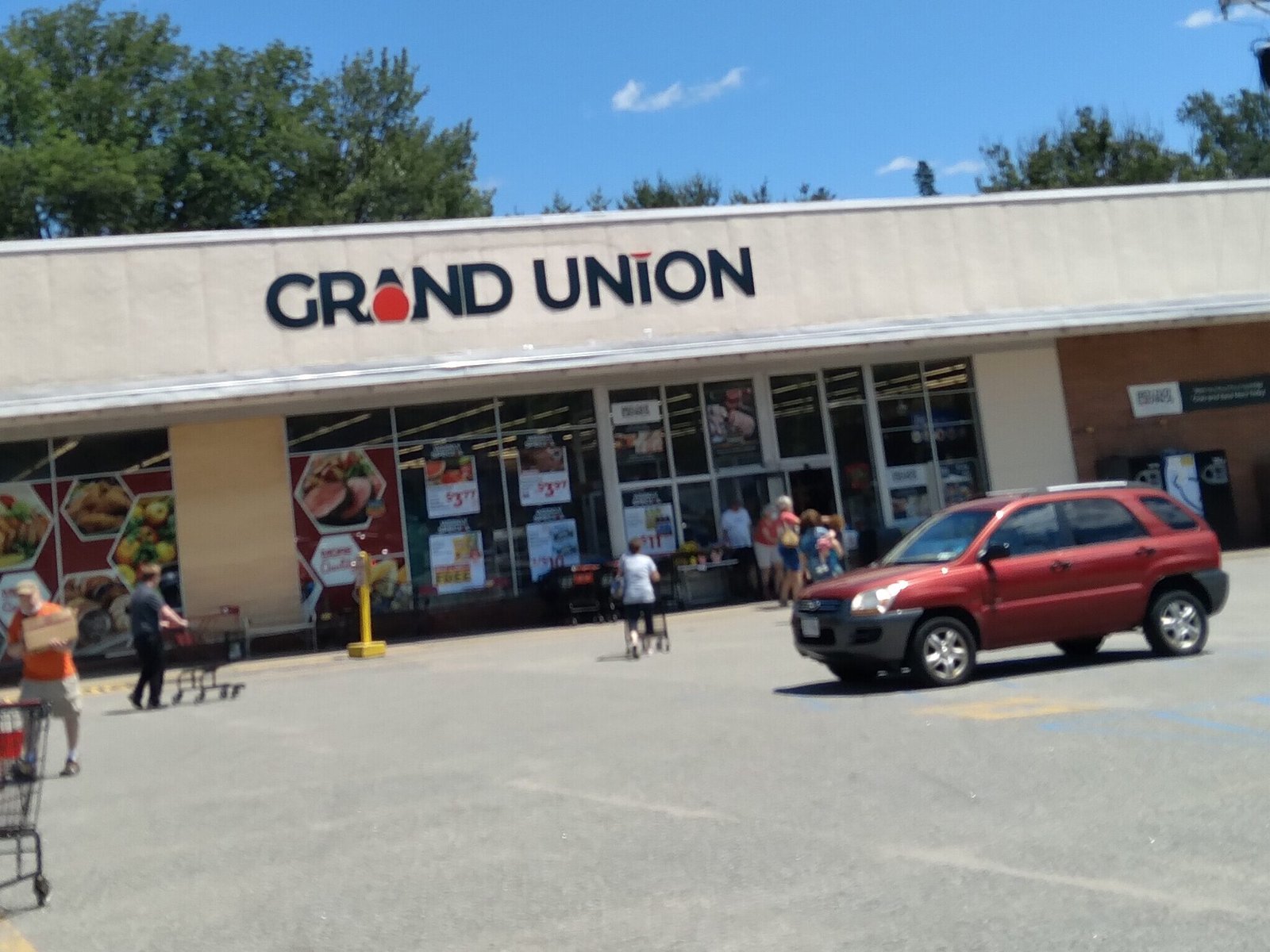
For those in the Northeast, Grand Union was a staple. It was a no-nonsense grocery store where you could count on finding everything you needed at decent prices. There was a simplicity to it, a workhorse of a store that got the job done without the frills. In its heyday, Grand Union was known for great customer service, and many of us remember the friendly butcher or the cashier who always had a smile. The chain started to disappear in the 90s, and by the 2000s, most Grand Unions were gone, leaving only memories of after-school trips for snacks or Saturday morning grocery runs.
5. Kroger (West Coast Locations)
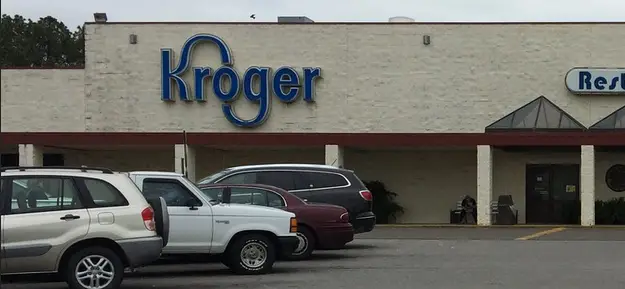
Kroger is still a major player in many parts of the country, but for those of us on the West Coast, the chain has been gone for decades. In the 70s and 80s, Kroger was a well-loved grocery store known for its variety, reasonable prices, and customer loyalty. It was the store you visited when you needed everything from fresh produce to household goods. Even though the chain thrives elsewhere, West Coasters who grew up with Kroger still wish they could take a walk down its familiar aisles once more.
6. Pathmark
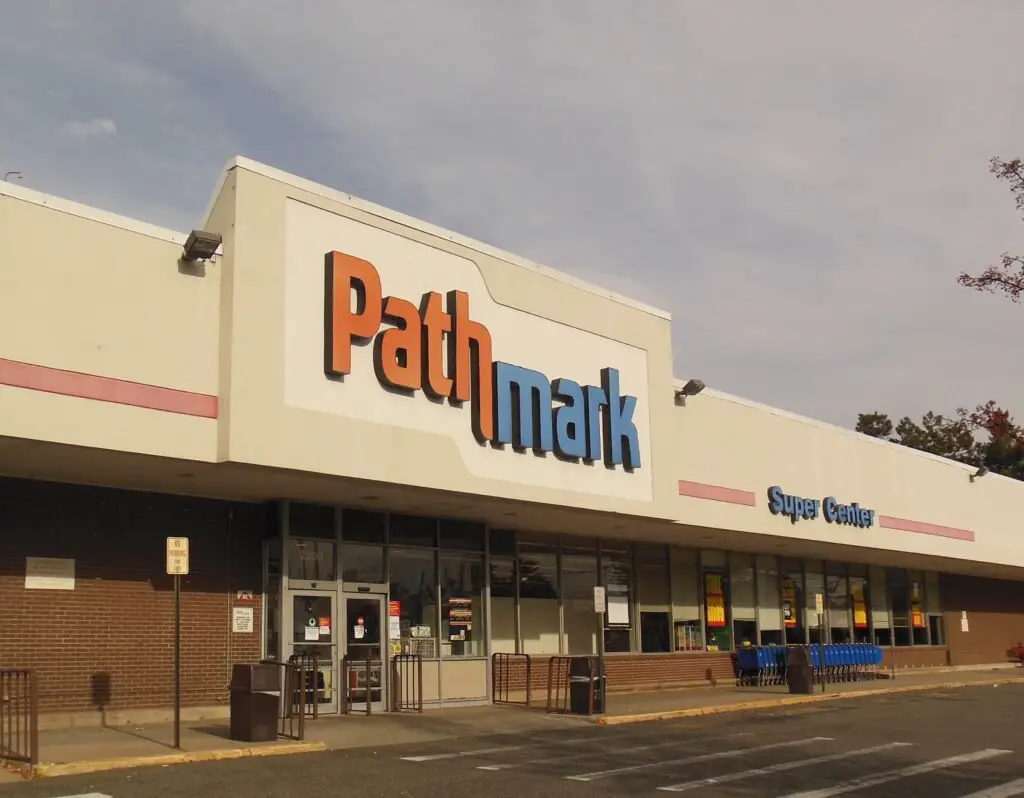
For many families in the Northeast, Pathmark was the heart of the weekly grocery trip. Known for its wide aisles and competitive prices, Pathmark made shopping easy and affordable. In the 70s and 80s, Pathmark stores were modern, offering in-store pharmacies and large frozen food sections—a novelty at the time. There was a no-nonsense vibe that made Pathmark feel like a solid choice for busy families who wanted to get in and out quickly. Unfortunately, Pathmark succumbed to financial troubles in the 2010s, and the chain shuttered its doors for good, leaving us with fond memories of simpler times.
7. Dominick’s
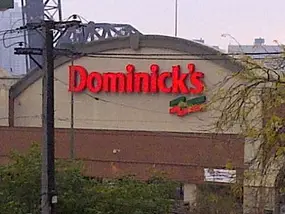
Chicagoans have a special place in their hearts for Dominick’s, a grocery chain that served the city and surrounding suburbs for decades. Dominick’s was more than just a store—it was a community hub. With its friendly service, quality products, and local charm, the chain became a beloved part of Chicago life. People loved the bakery’s fresh bread, the well-stocked deli, and the regular discounts. Sadly, Dominick’s disappeared in 2013, and while other stores have filled the gap, Chicagoans still reminisce about their neighborhood Dominick’s.
8. Waldbaum’s
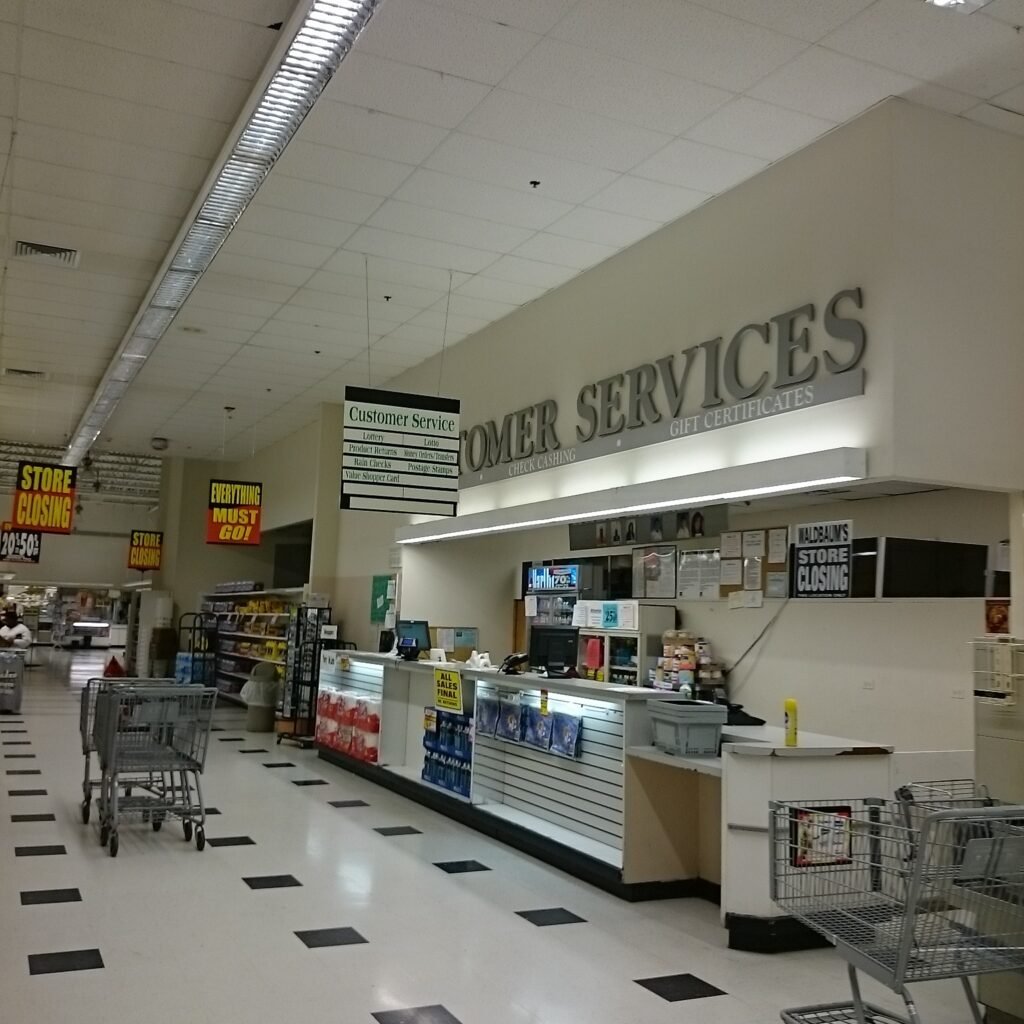
Waldbaum’s was a New York institution. For those of us who grew up in the city or on Long Island, it was where families shopped for generations. Waldbaum’s was one of those stores that felt like part of the neighborhood, with its recognizable logo and aisles full of familiar brands. The chain had a loyal customer base, thanks to its personalized service and wide selection of kosher foods. Waldbaum’s might have been just another grocery store, but for many of us, it was “our” store. When it closed in 2015, it felt like the end of an era.
9. Lucky Stores
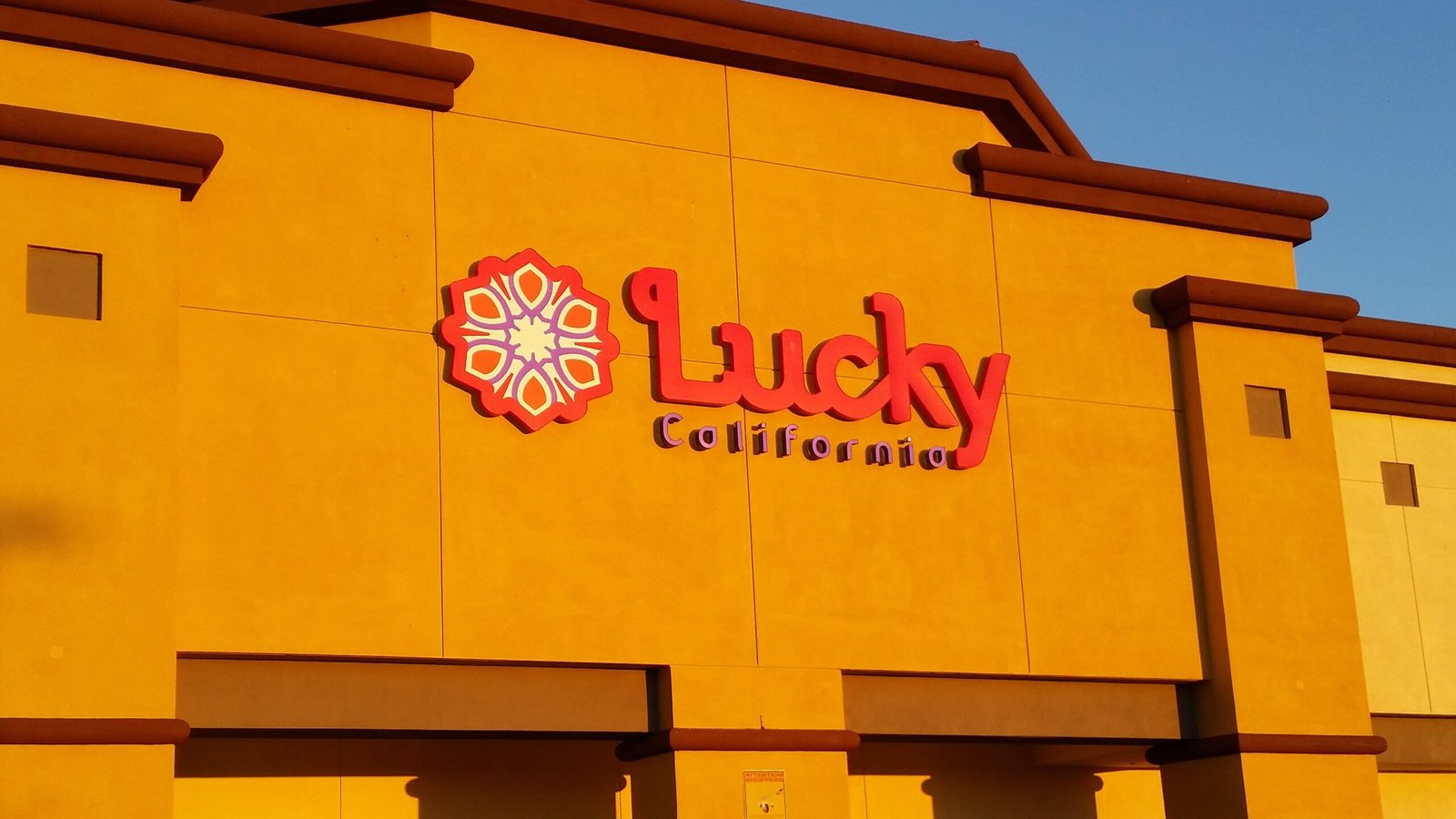
Lucky was another West Coast favorite that we still miss today. It was a grocery chain that made shopping feel simple and affordable. Their slogan, “Lucky Means Low Prices,” wasn’t just marketing—it was a promise that kept customers loyal for years. Lucky was the kind of store where you could grab everything you needed, from produce to paper towels, without breaking the bank. It merged with Albertsons in the late 90s, but for many of us, Lucky was the kind of local chain we wish we could revisit just one more time.
11. Big Star
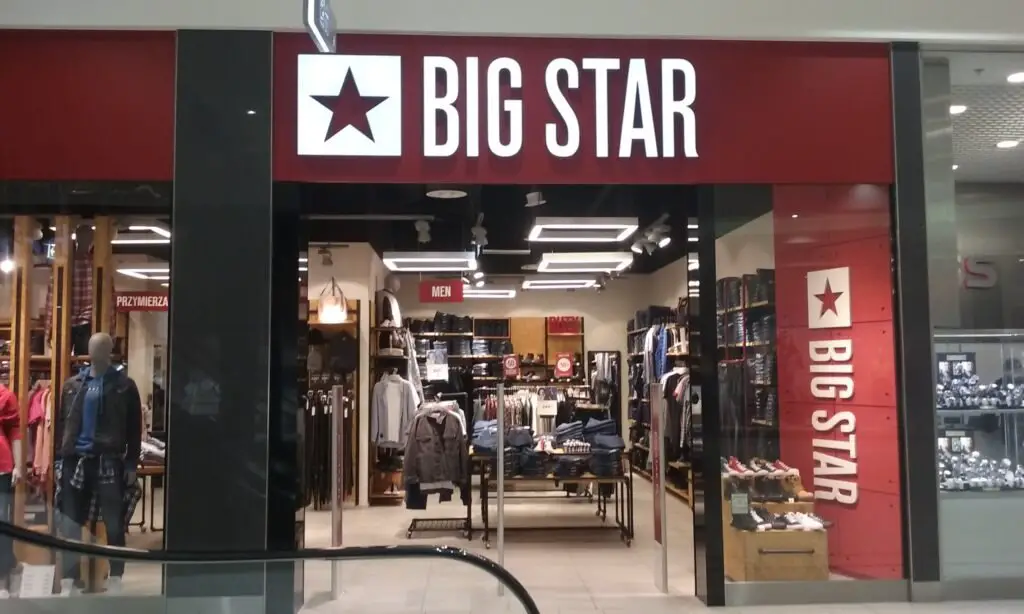
A Southern chain that left its mark, Big Star was a popular grocery store in the 70s and 80s, especially in Georgia and the Carolinas. Big Star was known for its friendly service and the convenience of its locations in smaller towns. It had a local feel that made it more than just a grocery stop; it was part of the community fabric. Though it eventually became part of the A&P chain, those who shopped at Big Star still reminisce about its welcoming vibe and old-school charm.
12. Fazio’s

Midwesterners will remember Fazio’s as a grocery chain that brought a certain hometown feel to shopping. Whether you needed groceries or wanted to catch up with neighbors, Fazio’s was the spot. It had competitive prices, and many of us still remember picking up staples like bread, milk, and cereal there. With its friendly service and local appeal, Fazio’s felt like a trusted community hub. When the chain was acquired and eventually dissolved, it was like losing a bit of Midwestern grocery history.
While these grocery chains may be gone, they remain alive in our memories. Each one was more than just a place to buy food—they were part of our communities, full of friendly faces, familiar aisles, and weekly rituals. We can still picture the shelves, smell the fresh bread, and hear the ding of the checkout. Today’s grocery stores may be more high-tech, but they can never quite replace the heart and soul of these forgotten chains we grew up with.


